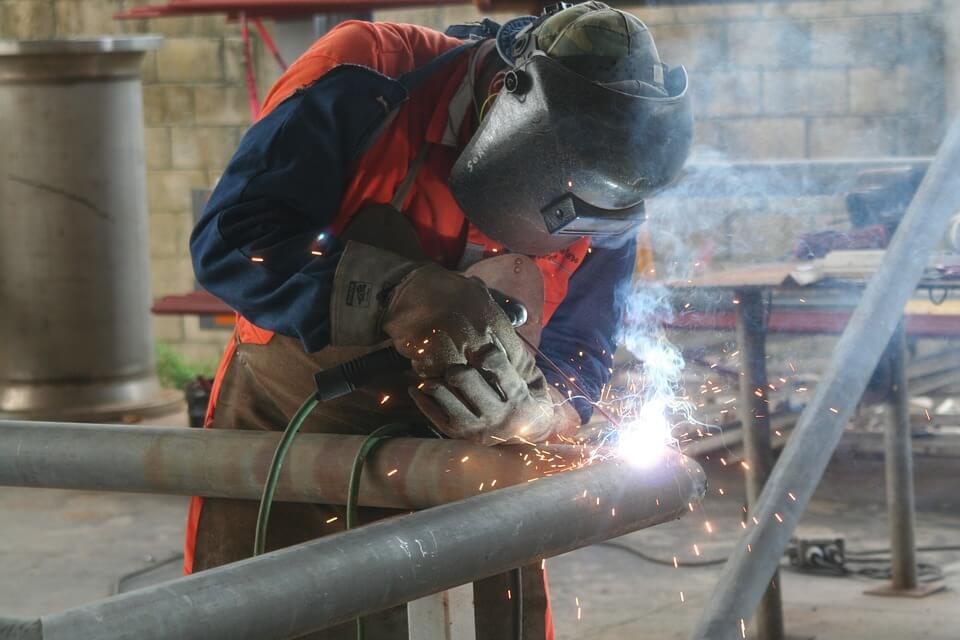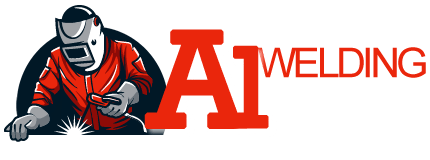
Pipe welding repair involves fixing any defects or damages in a welded joint on a pipe. This could include repairing cracks, holes, or other imperfections that compromise the integrity or functionality of the pipe. Here’s a general outline of the steps involved in pipe welding repair:
- Assessment: Thoroughly examine the pipe to identify the extent of the damage or defects. This may involve visual inspection, non-destructive testing (NDT) methods like ultrasonic testing or dye penetrant inspection, or other techniques depending on the situation.
- Preparation: Prepare the damaged area for repair by cleaning it thoroughly. Remove any contaminants, rust, or old weld material from the surface using appropriate tools such as wire brushes, grinders, or chemical cleaners.
- Cutting: If necessary, cut out the damaged portion of the pipe using cutting tools such as a grinder, pipe cutter, or plasma torch. Ensure that the cut is clean and precise to facilitate proper welding.
- Fit-up: Fit the replacement piece (if applicable) or prepare the damaged edges for welding. Ensure proper alignment and fit-up to achieve a strong weld joint.
- Welding: Use the appropriate welding technique and filler material to repair the damaged area. This may involve techniques such as shielded metal arc welding (SMAW), gas tungsten arc welding (GTAW), or gas metal arc welding (GMAW), depending on factors such as the type of pipe material, thickness, and the nature of the damage.
- Post-weld Treatment: After welding, perform any necessary post-weld treatments such as grinding or smoothing the weld bead to achieve the desired surface finish. Additionally, perform any required NDT to ensure the quality of the repair.
- Testing and Inspection: Conduct tests to verify the integrity of the repaired weld. This may include pressure testing, visual inspection, or further NDT methods to ensure that the repair meets the required standards and specifications.
- Documentation: Maintain detailed documentation of the repair process, including the procedures followed, materials used, inspection results, and any other relevant information for record-keeping and future reference.
It’s essential to follow industry best practices, safety protocols, and any applicable codes or standards throughout the pipe welding repair process to ensure the integrity and reliability of the repaired pipe. Additionally, qualified and experienced welders should perform the repair work to ensure a successful outcome.
